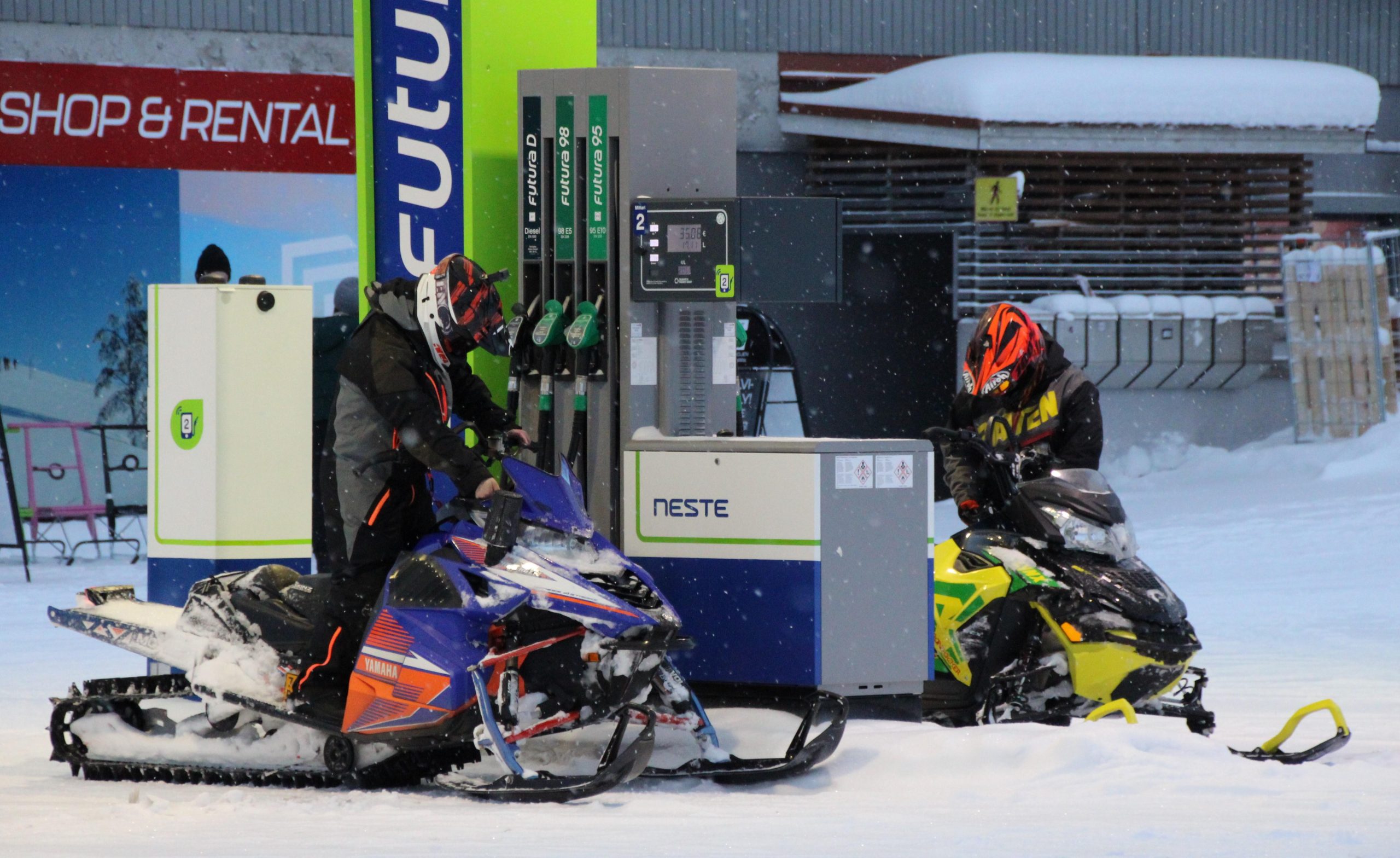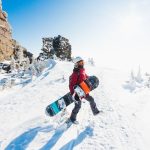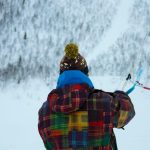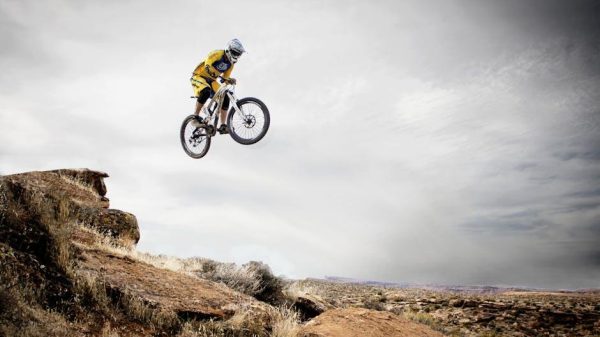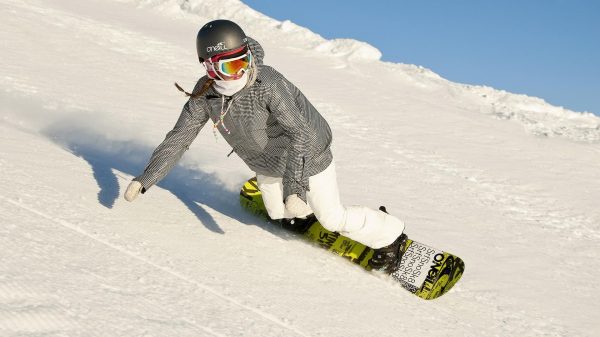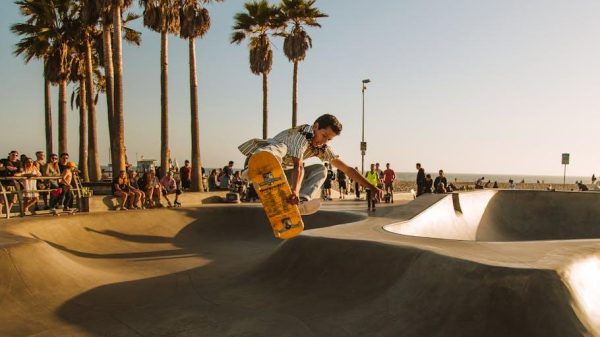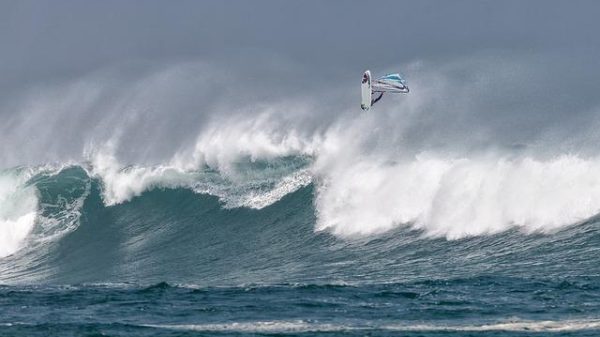Snowboarding in steep terrain offers an exhilarating blend of adrenaline and breathtaking natural beauty, attracting adventurers who crave the thrill of carving through untouched snow. However, with this excitement comes the inherent risk of injury, a concern that can be mitigated with the right knowledge and preparation. Whether you’re a seasoned snowboarder or a newcomer eager to tackle challenging slopes, understanding how to reduce the risk of injuries is crucial for a safe and enjoyable experience. This article provides an optimistic guide to navigating steep terrain with confidence, equipping you with essential tips and techniques to enhance your safety while maximizing the joy of your snowboarding adventures. From selecting the right gear to mastering vital skills, we’ll explore practical strategies to help you stay on your feet and make the most of every descent.
Mastering Essential Snowboarding Techniques
To navigate the thrilling yet challenging landscape of steep terrain snowboarding, mastering essential techniques is crucial. Balance and control are your best allies on these daunting slopes. Begin by honing your body positioning; maintain a low center of gravity by bending your knees and leaning slightly forward. This posture not only aids in stability but also enhances your responsiveness to the changing terrain.
- Edge Control: Learn to engage and release your edges effectively. This will help you manage speed and direction, reducing the likelihood of catching an edge unexpectedly.
- Carving Skills: Develop smooth carving techniques to maintain speed control and ensure fluid movement across the slope.
- Dynamic Flexibility: Enhance your ability to adapt to the slope by practicing quick weight shifts and agile movements.
Remember, practice makes perfect. Regularly refining these techniques not only boosts your confidence but significantly lowers your risk of injury, allowing you to enjoy the thrill of steep terrain with peace of mind.
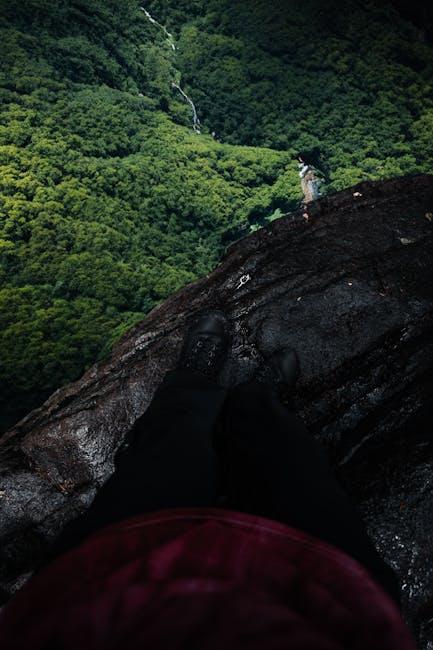
Choosing the Right Gear for Steep Slopes
To conquer steep slopes safely and confidently, selecting the appropriate gear is crucial. Here’s a breakdown of essential equipment that can significantly enhance your snowboarding experience and reduce the risk of injuries:
- Snowboard: Opt for a board with a stiff flex and a directional shape. This provides better stability and control on challenging descents.
- Bindings: Look for bindings that offer strong support and responsiveness. Highbacks should be slightly taller to aid in steering and control.
- Boots: Choose boots with a snug fit that offer firm ankle support. A medium to stiff flex will provide the necessary response for sharp turns.
- Helmet: A high-quality helmet is non-negotiable. Ensure it fits well and meets safety standards to protect against head injuries.
- Protective Gear: Consider wearing wrist guards, knee pads, and padded shorts. These can absorb impact and reduce the severity of falls.
Equipping yourself with the right gear is an empowering step towards mastering steep terrains. Each piece works in harmony to provide safety, enhancing your performance and enjoyment on the slopes.
Building Strength and Flexibility for Injury Prevention
Strength and flexibility are crucial components in enhancing your snowboarding performance and minimizing injury risks, especially when navigating steep terrains. Building core strength is essential as it helps in maintaining balance and stability. Incorporate exercises like planks, Russian twists, and leg raises into your routine. These exercises target the abdominal muscles, obliques, and lower back, which are critical for controlling your board.
In addition to strength, enhancing flexibility is vital for smooth transitions and quick recovery from falls. Regular stretching, focusing on the hamstrings, calves, and hip flexors, can significantly improve your range of motion. Yoga and Pilates are excellent practices that combine both strength and flexibility training, providing a holistic approach to injury prevention. Remember, consistency in these exercises will lead to noticeable improvements in your snowboarding agility and safety.
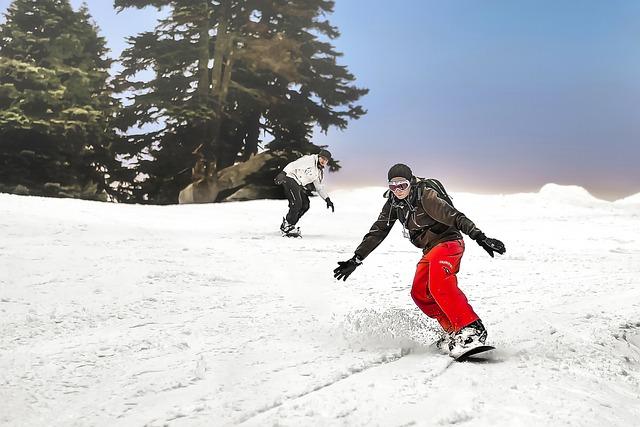
Understanding Weather and Snow Conditions for Safe Riding
Before hitting the slopes, it’s crucial to have a grasp of the current weather and snow conditions to ensure a safe and exhilarating snowboarding experience. Weather patterns can dramatically influence the snow quality and stability on steep terrains. For instance, fresh powder from a recent snowfall might seem ideal, but it can also conceal underlying icy layers or rocks. Always check the local weather forecast and avalanche warnings, and be prepared for sudden changes in conditions.
- Temperature fluctuations: Rapid changes can affect snowpack stability, increasing the risk of avalanches. Monitor temperatures over several days to understand how they might impact the terrain.
- Wind patterns: Strong winds can transport snow, creating cornices and wind slabs that can be hazardous.
- Visibility: Poor visibility due to fog or snow can obscure obstacles and increase the likelihood of accidents. Consider wearing goggles with lenses suited for low light conditions.
Understanding these elements helps you make informed decisions about when and where to ride, reducing the risk of injury and ensuring a safe adventure on the mountain. Remember, knowledge is your best defense against unpredictable mountain conditions.
